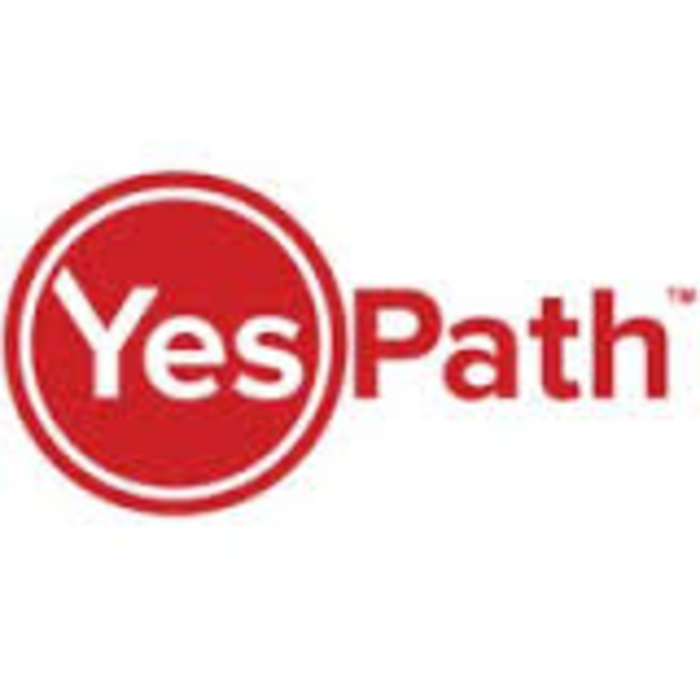Trying to find sales leads can be as tricky as pulling a rabbit out of a hat or as hard as finding a needle in a haystack. That is why marketers have been quick to adopt information technology to make it easier to find that elusive sales lead, wherever it may be. No two paths to this goal are alike.
YesPath has entered the fray with its own take on finding the next sale: automating account-based marketing (ABM). “Lead generation is broken and it is getting worse every day,” said Jason Garoutte, YesPath’s CEO.
Doing this by phone and e-mail means reaching out to dozens of the wrong people in a large enterprise to find the right one who can make a buy decision. In the meantime, a lot of wasted effort goes into sending sales material to the many who have no use for the stuff. YesPath instead turns to a few algorithms to automate “sales discovery”. It will monitor who visits a company’s Web site, sometimes flashing a lead card or a query to get the name of an interested visitor.
YesPath will then begin building a profile of the visitor, based on web page visits and interactions. Key to this process is using this information to recommend content to the visitor that could help them make a buy decision. “This is the equivalent of a (Facebook) ‘like’ button,” Garoutte said. “Every time we present content, we are learning if we are getting it right.”
“The prospect’s experience needs to be simple,” he added. “We use content to move the customer down the funnel,” Garoutte continued. What enables this is Yespath‘s engagement engine, which can monitor a list of accounts, looking for signs of interest. This feature can match content to prospects, varying the content to suit their particular interests. It can even trigger an e-mail if interest crosses a pre-determined threshold, or even notify the sales team when the time is right to pick up the phone.
Above the visible rim of this funnel are two more, wider layers: visitors, then influencers. Garoutte labels these two zones “the dark funnel”. What enables the tracking is an integration with Bombora, which tracks content from 3,000 business-to-business web sites. YesPath can use this information to build its “Intent Network,” which looks for patterns of web page visits that can signal the intent of a prospect in the “dark funnel”.
“There are 30 to 40 times the people who are not filling out the lead forms,” Garoutte said. “I don’t want anyone to become a lead,” he continued. Not everyone you engage at this level is the person who makes the purchase decision. “That is why we measure engagement in the dark funnel,” he explained.
YesPath can engage prospects at this tenuous level. When reaching out to influencers, you don’t say “hey, I’ve been watching you. That feels to invasive to me,” Garoutte said. It takes information to decide when to engage a prospect. That requires a dashboard. YesPath will display the sales funnel, indentifying each layer of prospects from the “dark funnel” at the top to the more engage layers further down.
Users can get more detailed information on each layer, and use that information to provide additional content that may influence a visitor to move from “interested” to “purchase.” “We do have APIs. We do integrate into SalesForce,” added CTO Brian Zotter. Yespath can be pulled into Salesforce account records, and YesPath tabs can be set to track engagement inside Salesforce, he said. “The real value comes when you are automating a sales campaign,” Garoutte said. YesPath should automatically maintain awareness of possible leads in the “dark funnel”, developing information on prospects and sending appropriate content to build further interest in a product or service.
YesPath announced the launch of its SaaS-based service on March 21 at the MarTech Conference in San Francisco. Using an opt-in attendee list, YesPath ran a demo of its capabilities, identifying the topics those attendees were interested in, based on the web sites they visited in the preceding 30 days. MarTech attendees were three times more likely than non-attendees to be reading about marketing analytics; four times more likely to be reading about outside sales; and five times more likely to be reading about sales compensation. But the topic that garnered the most interest was “market resource management”, which saw eight times more interest among attendees than on-attendees.
Granted, the sample size was small (215 unique domains, 269 e-mail addresses). “Nevertheless, this shows the potential of using intent data to guide ABM, or Account-Based Marketing. When one sees a huge spike, such as the 8X popularity of ‘Marketing Resource Management’, that’s an actionable insight. “ Yespath noted in a prepared statement.








